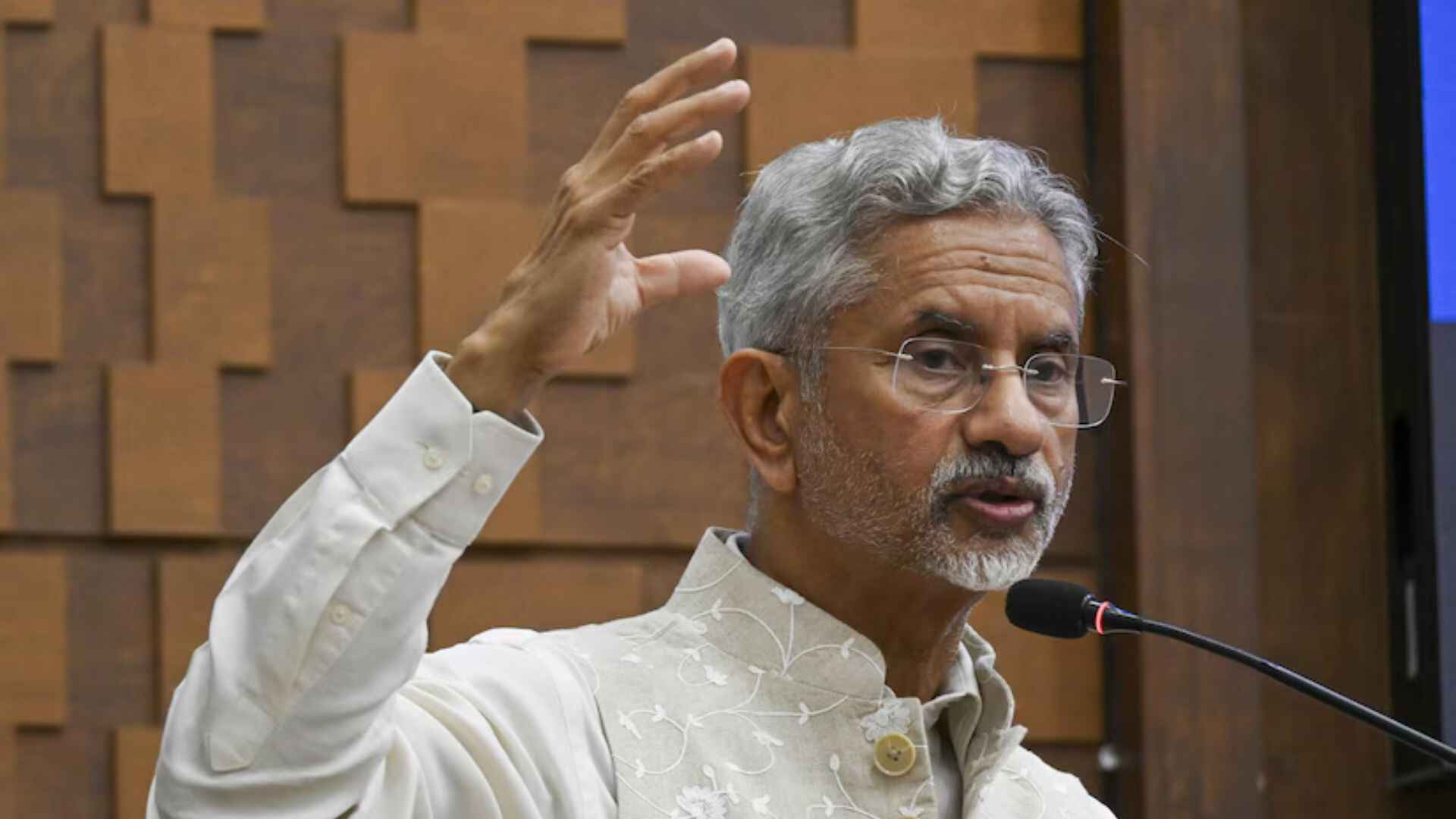


External Affairs Minister S Jaishankar on Saturday remarked that Nepal’s decision to incorporate Indian territories in its currency note would not alter the current situation or the actual circumstances on the ground.
Kathmandu made an announcement on Friday regarding the printing of a new 100 rupees currency note featuring a map that includes Lipulekh, Limpiyadhura, and Kalapani as part of Nepalese territory. This decision was reached by the council of ministers chaired by Prime Minister Pushpakamal Dahal ‘Prachanda’.
“The cabinet approved to re-design the banknote of 100 rupees and replace the old map printed in the background of the bank note during the cabinet meetings held on April 25 and May 2,” government spokesperson Rekha Sharma told media persons while briefing about the cabinet decision.
Speaking to media persons in Bhubaneswar, Jaishankar said, “Our position is very clear. With Nepal, we are having discussions about our boundary matters through an established platform. In the middle of that, they unilaterally took some measures on their side,” as reported by The Indian Express.
On June 18, 2020, Nepal revised its political map, integrating three strategically significant areas—Lipulekh, Kalapani, and Limpiyadhura—into its territory through an amendment to its Constitution. India denounced this move as a “unilateral act,” labeling it as “artificial enlargement” and “untenable.”
This development occurred just over six months after India released new maps delineating the union territories of Jammu and Kashmir and Ladakh, which depicted Kalapani as part of Uttarakhand state. India maintains that Lipulekh, Kalapani, and Limpiyadhura belong to its territory.
The border between Nepal and India spans more than 1,850 km, traversing five Indian states: Sikkim, West Bengal, Bihar, Uttar Pradesh, and Uttarakhand. Nepal asserts ownership of all territories east of the Kali river, including Limpiyadhura, Kalapani, and Lipulekh, based on the Treaty of Sugauli signed with the erstwhile British administration in 1816.